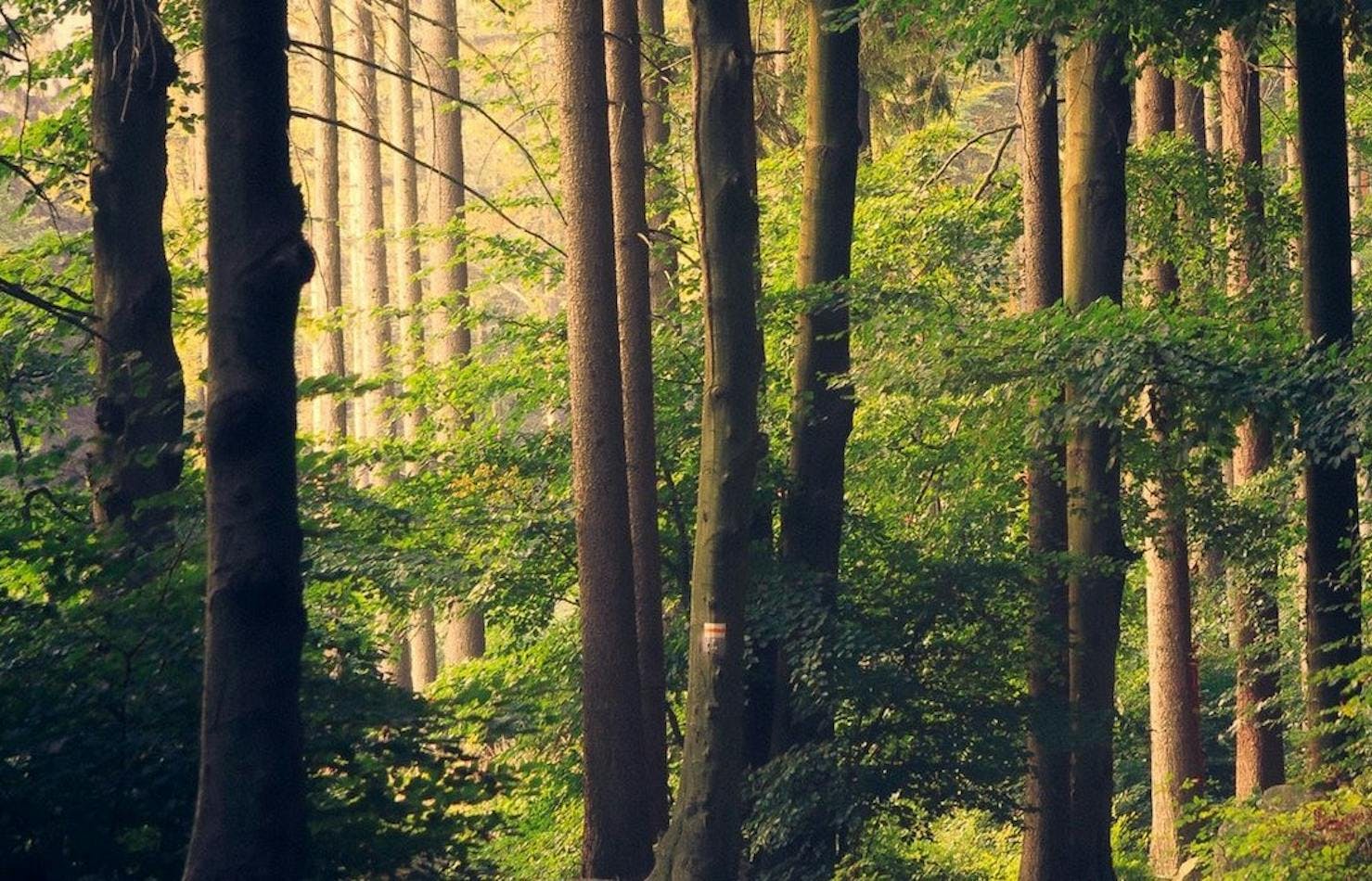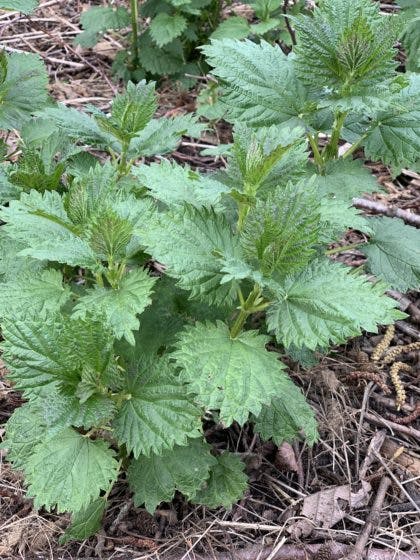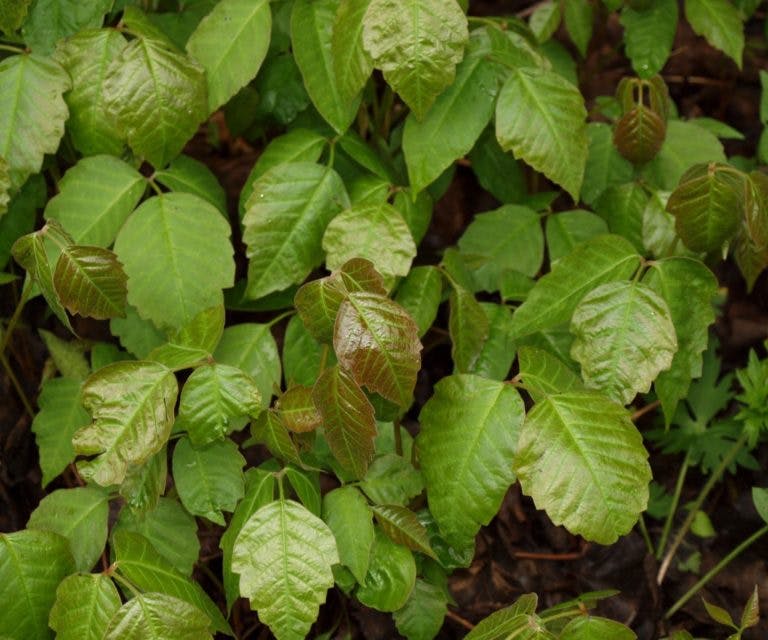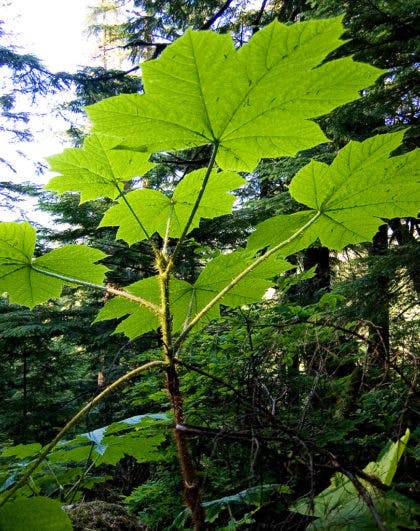
Plants to Avoid in the Bush
I was out on a trail last week which had gotten a bit overgrown through the summer and as I was walking through the plant life I couldn’t help but stop and wonder; what plants around me could cause a rash or sting if they touch my skin? I’ve heard of stinging nettle and that it’ll sting if touched, but I’ve never actually come into contact with it, nor do I really even know what it looks like.
The purpose of todays blog is to teach about some of the common plants that you could encounter in your outdoor adventures, their habitat, how to identify them, the risks they pose and what to do if you come into contact with one of these plants.
Common Plants
- Stinging Nettle
- Poison Ivy
- Giant Hogweed
- Devils Club
Stinging Nettle
Found throughout Canada, the United States, and northern Europe and Asia, Stinging Nettle grows in places that are damp such as marshes, creeks, lakes, or in places that have a higher than normal rainfall; because of this it grows in abundance in the Pacific Northwest.

Stinging Nettle grows between 1-2 meters tall during summer, has coarsely toothed leaves with pointed ends. The leaves can be several inches long, however when the plant is smaller, the younger leaves are shaped more like a heart. Stinging nettle also has bright yellow roots.
The leaves and stems of Stinging Nettle have hairs, which when touched will break off into the skin and cause an inflammatory response such as, you guessed it, stinging. It can also cause a burning sensation, itching, redness, and even swelling.
If you happen to come in contact with Stinging Nettle, wash your hands with soap and water immediately to remove the nettle hairs. If you are not able to wash your hands, you can use a clean cloth to wipe the are and remove the hairs. Ice packs or cool cloths can help to alleviate pain or itching caused.
Poison Ivy
Poison Ivy grows in much of the Eastern Canada like the Maritime provinces, Quebec, Ontario, and Manitoba, as well as all of the US states east of the Rocky Mountains. It’s commonly located in wooded areas that have breaks in the tree to allow for sunshine to flow through.

Ever heard the saying Leaves of Three, Leave Them Be ? Poison Ivy is one of those three leaved plants. The middle leaf has a longer stem compared to the side leaves and the edges of the leaves can be smooth, or toothed and will vary in size. The colour of Poison Ivy’s leaves will depend on the season, they can be reddish in colour in spring, green come summer and in the fall they can be red, orange, or yellow, or a combination of all three colours.
Between the months of June – July this plant produces flowers in cluster formations that appear a combination of yellow and green. Come September, berries form that are also clustered, round, waxy and green to yellow in colour. In winter time, the plant will lose its leaves and may appear dead, but be careful as it is still alive.
This plant is known as an allergenic flowering plant that produces sap containing Urushiol which has allergenic properties. The sap will produce an itchy, irritated reaction when contact with the skin occurs. It can also cause redness, swelling and blisters.
To treat any area which may have come into contact with Poison Ivy, first wash the area with soap and cold water. It’s important to use cold water as hot water opens up the pores of the skin and can increase the chance of the substance being more deeply absorbed causing a more adverse reaction. Although washing the area may not prevent a reaction, it can prevent it from spreading.
Giant Hogweed
Giant Hogweed can be found in southern parts of Canada, northwestern and northeastern parts of the United Stated as well as throughout western and northern Europe. In Canada, it can be found in most all provinces, except the prairies. In Ontario, Cow Parsnip, Wild Parsnip and Queen Anne’s Lace are often confused for Giant Hogweed because of the similarities in how they look.

Giant Hogweed is an invasive plant which if observed, needs to be reported as it can cause serious health risks and is a threat to our natural ecosystem. As you may have guessed from the name, it’s a very large plant (up to 4.3 metres tall) with big roots, thick hollow stems, it’s hairy and covered in toxic sap. This plant has white flowers which grow in an umbrella like pattern. The flowers produce only once in its lifetime and once it produces its seeds, it dies.
The sap produced from this plant is known as phototoxic, this means that coming into contact with the sap will prevent the sin from being able to protect itself from sunlight and can lead to burns and scarring. This plant can even cause blindness if sap gets into the eye.
In the event that you do come into contact with this plant, make sure you wash the area of contact with soap and cold water immediately, a reaction can occur in just 15 minutes after contact. If you aren’t able to wash the affected skin, then apply sunscreen to help prevent a reaction until you are able to wash with soap and water. Prevention is always key here, and wearing protective clothing and glasses is recommended if you are going into an area which is known to have Giant Hogweed.
Devils Club
Devis Club can be found in the Pacific Northwest and grows in rainforest-like areas that have been undisturbed and are shady. This plant can grow quite tall (up to 5 metres), but you’ll find most of them are between 1-1.5 metres tall. You can identify it by the yellow needles that are found along the stems; these can be up to 2cm long! The needles are very brittle and can break off easily. If touched and spines break off into the skin, it can cause a severe infection.

Little known fact, this plant caused disruptions in the building of the CPR railway system and forced railway engineers to find another route because of the plants growth on the originally planned path.
Reporting
If you spot any species which you know to be invasive and need to report them, below is the list of where to report them based on where you live. Often times you can check the app store on your mobile device to see if there is an app for reporting invasive species; these apps usually allow for reporting of invasive plants, animals, fish, insects & spiders and more.
- British Columbia - Invasive Species Council of BC
- Alberta - Alberta Invasive Species Council
- Saskatchewan - Saskatchewan Invasive Species Council
- Manitoba - Invasive Species Council of Manitoba
- Ontario - Ontario Invasive Plant Council
- Quebec - Québec Council of Invasive Species
- Newfoundland & Labrador - Memorial University of Newfoundland Botanical Garden
- New Brunswick - New Brunswick Invasive Species Council
- Prince Edward Island - P.E.I. Invasive Species Council
- Nova Scotia - Invasive Species Alliance of Nova Scotia
- Yukon - Yukon Invasive Species Council
- Northwest Territories - Environment and Natural Resources
- Nunavut - Department of Environment
>
Thanks for reading and stay safe!
Corrine Owerko


